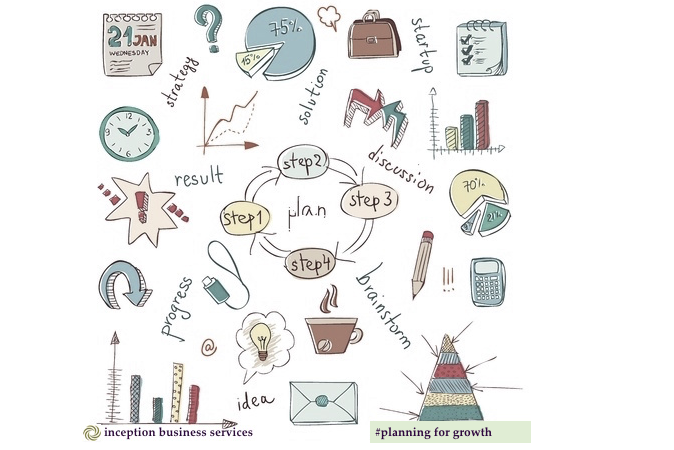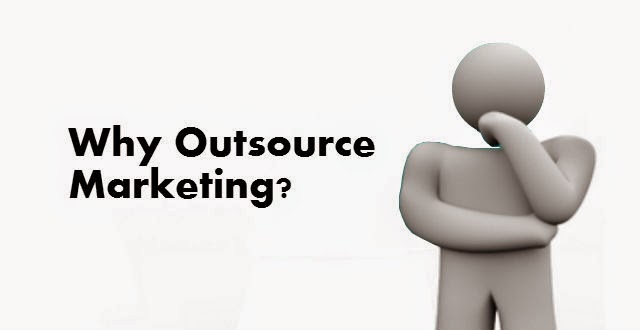One of the greatest challenges for a Brand, is to be able to connect with its desired Target Group (TG); more so today, with the explosion of online and social media marketing clamouring for mind share. So how can your brand rise above the noise and be heard, given various time, money and resource constraints? This blog aims to explore one potential answer – Brand Platforms! Platforms that can be created and nurtured to help brands and businesses stand out from the clutter and establish a “hotline” connection with their prospects and customers.
Traditionally, Brand Platform was simply a phrase that was used to denote all the attributes– advertising, brand communication, collateral, etc – of the brand that a prospect or customer interacts with. It referred to the associations that go with the brand in the minds of the customer. The entry of social and digital media have created an opportunity for smaller, newer brands and businesses, to establish and use Brand Platforms in their communication strategy. We have in fact seen some very fine examples of this in our line of work.
Our experience shows that on social media, people are looking for engaging content that is non-transactional. (Even the new Facebook news feed norms for Business/Brand pages reiterate this behavior). They consume content that interests or informs them more than content that is directly aimed to sell. This is a happy fact for those willing to invest in a brand platform, as that is exactly the purpose it serves.
Here is a quick look at why and how Brand Platforms work so well on Social Media:
 1. Content Engine: Your Brand Platform is a fountainhead for all things content. From the core idea of the brand, you map allied associations to derive the Brand Platform. When you want content that is not aimed at selling your product but letting people know what your brand is about or stands for, you can ‘go-to’your Brand Platform to ideate on content. For example: Volvo completely owns the Brand Platform of safety (they got a head start on this when they actually invented first-use of car seat belt!). This gives them great fuel for content that talks about what they continue to do about Safety on roads. See then, this Volvo post sharing a video on their Facebook page. The post uses this brand platform of safety in a very credible way making the content sound not so much like a product pitch.
1. Content Engine: Your Brand Platform is a fountainhead for all things content. From the core idea of the brand, you map allied associations to derive the Brand Platform. When you want content that is not aimed at selling your product but letting people know what your brand is about or stands for, you can ‘go-to’your Brand Platform to ideate on content. For example: Volvo completely owns the Brand Platform of safety (they got a head start on this when they actually invented first-use of car seat belt!). This gives them great fuel for content that talks about what they continue to do about Safety on roads. See then, this Volvo post sharing a video on their Facebook page. The post uses this brand platform of safety in a very credible way making the content sound not so much like a product pitch.
2. Community Building: Social media allows high levels of individual, customized content consumption. At the same time, it also allows for fantastic community building as it is able to connect people with similar interests or views across geographical boundaries, age and other divisive demographics. Your Brand Platform is a very useful tool to build a community of people who have a genuine interest in what you have to say. Invest in this community, feed them with content that matters and you will find in them loyal customers and even more loyal brand advocates. In one of our earlier projects, our client wanted to build a community of people who appreciated classical performing arts. Their main product being silk saris, they wanted to be associated as patrons for the art forms and hence genuinely invested time, money and ideas (through IBS of course) in building a community of such people drawn from around the world. The positive mileage for the brand from this community reinforced our idea on how community building can be a great tool for your brand. Of course it is important to stay away from transactional / direct promotional activity with the community and instead cultivate and nurture long-term relationship.
Surrogate Advertising and Brand Platforms: in a traditional sense, Surrogate Advertising denotes extending your brand name into a new product as a quasi-advertising strategy. Typically used for contra items such as liquor or tobacco, surrogate advertising has been questioned in ethical terms. What we are talking about here is completely different from this kind of surrogate marketing. In Brand platform development, it is possible to apply the same principles of surrogate marketing to an idea that is bigger or larger than your product or service.
 3. Social Virality / Word of Mouth: People love stories. Humour or Human interest stories – both equally get their attention. While the best brands have great stories to tell, your brand platform may give you better ammunition for story telling. Whether it is a visual, video or thought leadership article, content that is based on your Brand Platform may have a better chance of going viral. Some may call it just clever advertising, but the fact is great value can be tapped from social media, by projecting your Brand Platform forward. People share content that they love or that they laugh at. If you can generate such content using your Brand Platform, you will find the best way to attain social word of mouth – which can have huge reach implications for your brand. A while ago, P&G put a wonderful video as an ode to moms – potentially their biggest target group, by integrating the sentiment beautifully with the public mood during the Olympics. This video is a great example of social media virality that great content can give your brand.
3. Social Virality / Word of Mouth: People love stories. Humour or Human interest stories – both equally get their attention. While the best brands have great stories to tell, your brand platform may give you better ammunition for story telling. Whether it is a visual, video or thought leadership article, content that is based on your Brand Platform may have a better chance of going viral. Some may call it just clever advertising, but the fact is great value can be tapped from social media, by projecting your Brand Platform forward. People share content that they love or that they laugh at. If you can generate such content using your Brand Platform, you will find the best way to attain social word of mouth – which can have huge reach implications for your brand. A while ago, P&G put a wonderful video as an ode to moms – potentially their biggest target group, by integrating the sentiment beautifully with the public mood during the Olympics. This video is a great example of social media virality that great content can give your brand.
4. Brand Property: Your brand platform may extend into an area that is parallel to your brand / product or in abstract terms, larger or bigger than your specific product range. In this case, it makes sense to create a Brand Property that is a tight fit with your Brand Platform. (There is a separate blog coming up, in which we will share our thoughts on building a Brand Property). We have great belief in the long-term brand value that a brand property can deliver and your Brand Platform is a great place to start the quest for a best-fit brand property. For example, one of our IBS clients has achieved tremendous reach through their Brand Platform on health and healthy living. Spun off into a separate Facebook page, a micro site and twitter handle, this property has its own radio show and content engine. It also gave the brand a great platform to amplify their recent TV commercial.
“The brand is a strategic platform for interplay with the target group and thus is not limited to being an unconditional response to what at any moment is demanded by customers”(Urde 1999, p. 130).
Deriving a Brand Platform for your business or brand is a thought provoking, intense yet fulfilling exercise. Applying it into content and social media fodder that you can use for your brand is what a good marketing team can do with your brand platform. And be sure, this concept applies just as well to B2B businesses as it does to consumer or B2C businesses. In fact, the idea of creating a thought leadership position which is much talked about today in B2B marketing forums, is rooted in this very idea of Brand Platform.
We at Team IBS love this aspect of marketing and nothing excites us more than an exercise in tapping this for brands and businesses we work with. Once we come up with all the possibilities, what works well is to set some criteria and select a brand platform that is sustainable, credible and maintains differentiation of some kind. We do know that mostly clients with a long-term view of their brand are the ones who will find value in investing in this exercise. Just as Rome was not built in a day, a brand platform also takes time, thinking, effort and execution. If you want to embark on this journey, do call us and we will be happy to share more insights and inputs based on our own work and learning.




 With the pace at which technology and all the aesthetics are changing, it is natural for an online asset to look archaic and redundant in a matter of 9-12 months. Every era has its own look that is considered contemporary. Colours, tab styles, functionality on the home page, inclusion of social media icons, use of visuals – there are many components that contribute to the aesthetics.
With the pace at which technology and all the aesthetics are changing, it is natural for an online asset to look archaic and redundant in a matter of 9-12 months. Every era has its own look that is considered contemporary. Colours, tab styles, functionality on the home page, inclusion of social media icons, use of visuals – there are many components that contribute to the aesthetics.
 • Are you speaking the language of your customer? Whether you are a teenage clothing brand or a high end consulting business to the fortune companies, you will need to use words that your customers are using everyday.
• Are you speaking the language of your customer? Whether you are a teenage clothing brand or a high end consulting business to the fortune companies, you will need to use words that your customers are using everyday.















